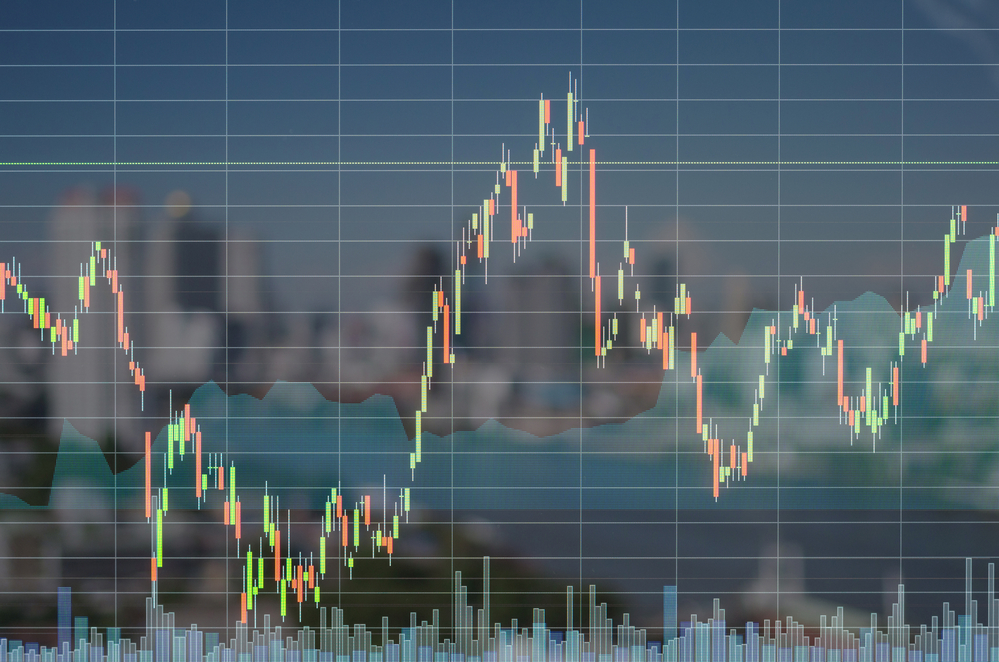
The Forex market is driven by central banks and other financial institutions. They generate price action through their orders that are significantly larger than standard ones. Order blocks refer to orders that make use of a huge amount of buying or selling of pairs. Let us now look at how trading order blocks work in the foreign exchange market.
What is order block trading?
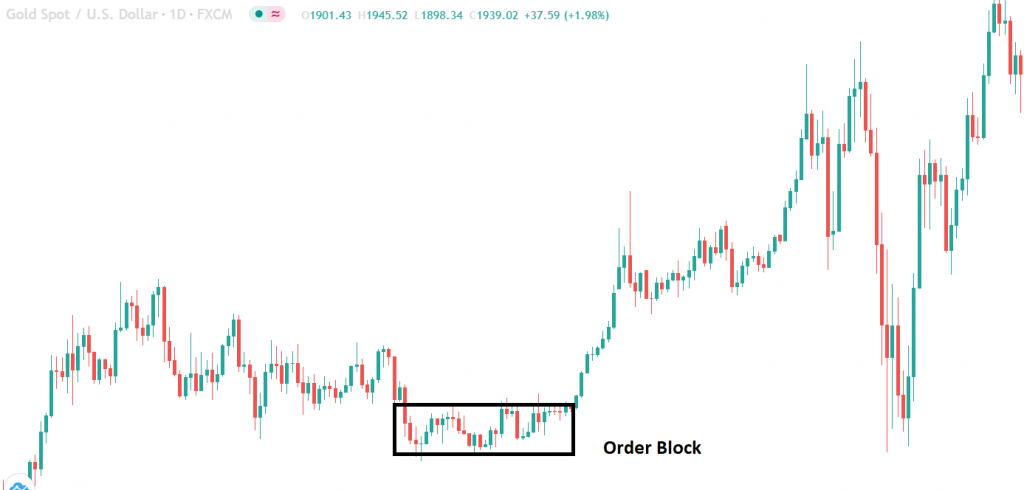
Order block trading involves the transaction of innumerable currency pairs. But, it does not usually occur in one go. On the basis of price availability, financial institutions complete their trades in a series of steps. For instance, an order of 200M EUR/USD might be completed in 3-4 steps.
The movement of smart money is highly unpredictable, and Forex traders have to depend on the price action and best location to find satisfactory order blocks. They must also know about order flows. Upon the movement of the price from the block, an order flow is generated in a particular direction.
The order block must be identified based on this direction.
The working of order block trading
Each of the pairs traded in order blocks is assigned a normal value based on the number of steps taken to execute the order. The institute conducting the transaction has full authority over the way it is executed or how it instructs its representative to execute it. Large orders affect the currency prices, and a Forex trader might not be able to acquire the required number of pairs.
In order to trade in pairs, two financial bodies may take the help of a private exchange or middleman. In case this person or exchange chances upon a match, the transaction takes place at an agreed-upon price that sometimes lies between the offered price and the asking price.
Difference between order blocks and normal supply and demand zones
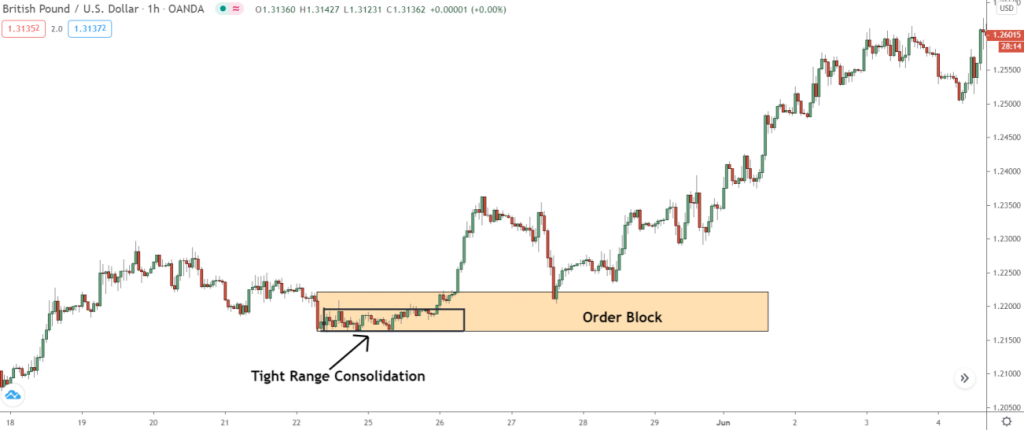
Firstly, usual supply and demand zones are not as likely to contribute to a reversal, notwithstanding their position on the chart or whether they are preceded by a lengthy fall or rise that improves the chances of normal zones leading to reversals.
This is because these zones are formed when financial institutions use order blocks for placing bulk positions. While doing this, they don’t want the price of the pair to move beyond the supply and demand zones.
Order blocks, thus, have a higher chance of triggering a reversal since the institutes won’t invest in a large position without being sure of the fact that the direction of the price movement in the future will be favorable for them.
The second difference is in the appearance of the two. Although order blocks generally appear similar to S and D zones, they are based on tight range consolidations as the one depicted in the above chart. They are formed due to the departure of price from tight range consolidations.
Since the price of every position is more or less the same, the peaks and troughs of consolidation form at comparatively equal prices, thus, order blocks can be identified by pointing out these consolidation zones.
Types of order blocks
The different types of order blocks are as follows:
- Regular order block. These order blocks come with a win or lose condition, and they ought to be completely accepted or discarded. When accepted, the trading agreement must encompass the volumes and hours. It’s the common type of order block.
- Profile order block. Here, the trading volume can be different over the block’s entire time span. The financial institute decides on the starting point and pausing time for such an order block. These orders can be reducible and related to each other.
- Curtailable order block. These order blocks are characterized by a MAR or Minimum Acceptance Ratio. When the value of MAR is one, it is a normal block that is entirely accepted or rejected. If the value is half, it might be curtailed by 50%, and if it’s 0, the entire block can be curtailed.
- Linked order block. The existence of a particular order block may depend on the existence of another. Linked order blocks may indicate the expenses incurred by a company that’s just starting its operations or one that is ceasing production altogether. After securing these expenses, the manufacturer can cut down on production costs.
How to use order blocks
As the best practice, a Forex trader should use a strategy that identifies order blocks as setups that have high chances of success. Since they are not that frequent, you cannot use them independently. If they are used as a part of a strategy, you can get some lucrative trading signals in order to make more profits.
Order blocks also reduce trading risk as they contribute to the creation of a diverse portfolio. In order to trade order block zones, first, you need to plot them on a chart as shown below:

After that, you wait for the price to make an entry and generate some kind of indication in the form of engulfing candles, pin bars, etc.
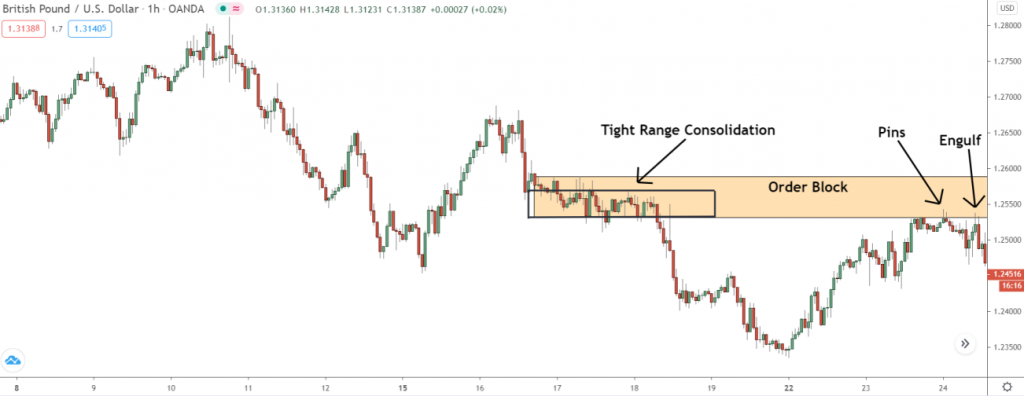
Then, you ought to install a stop on the other side of the zone and check if the price shifts.
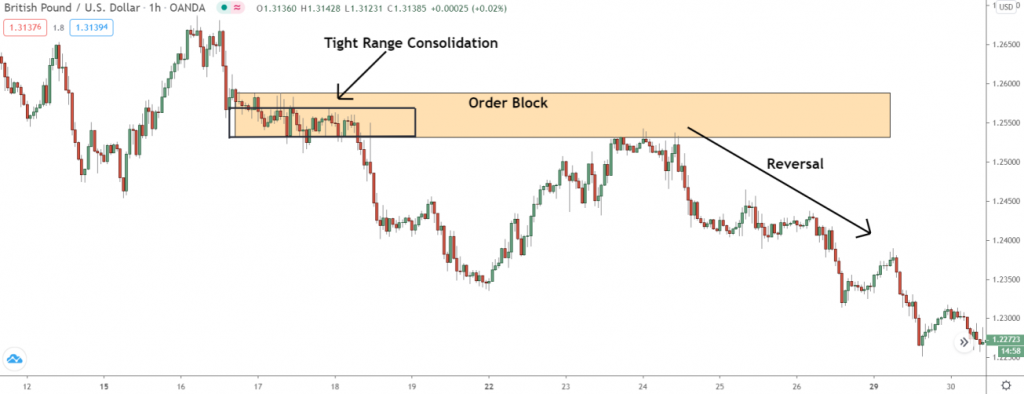
A novice Forex trader may face some difficulties in finding the zone, but with some practice, it becomes easier.
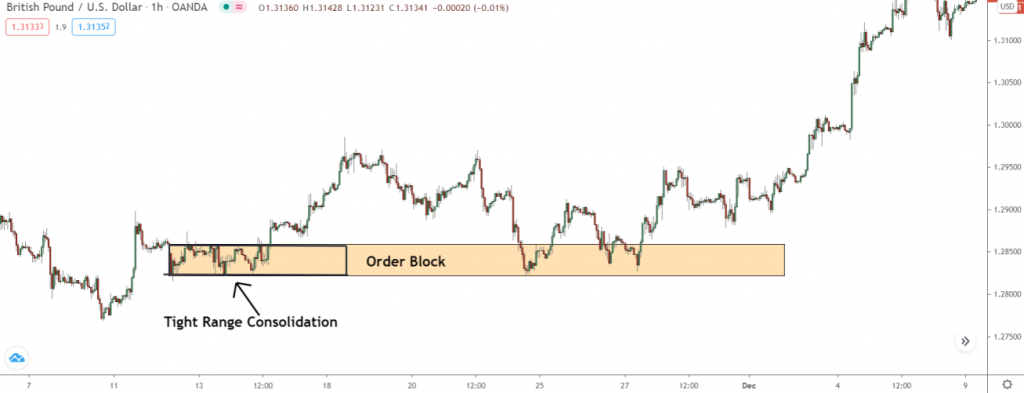
You need to look out for a tight range consolidation that indicates the presence of an order block trade. Inside this zone, there should be small price swings that more or less end at similar points, as a result of which the price is restricted within this range.
Summary
You may use this strategy with the majority of the pairs in the Forex market. Of course, there is no guarantee that you will make profits, so you need to factor in market uncertainties and use proper money management schemes to avoid incurring losses.
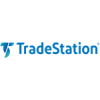
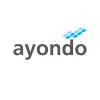






Leave a Reply